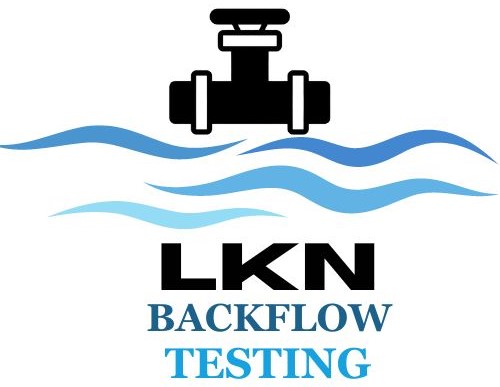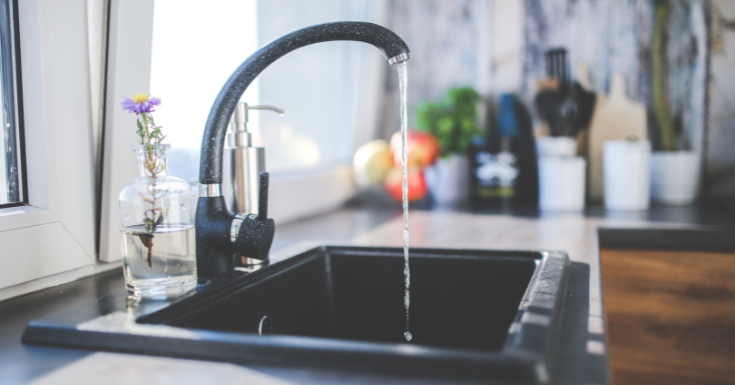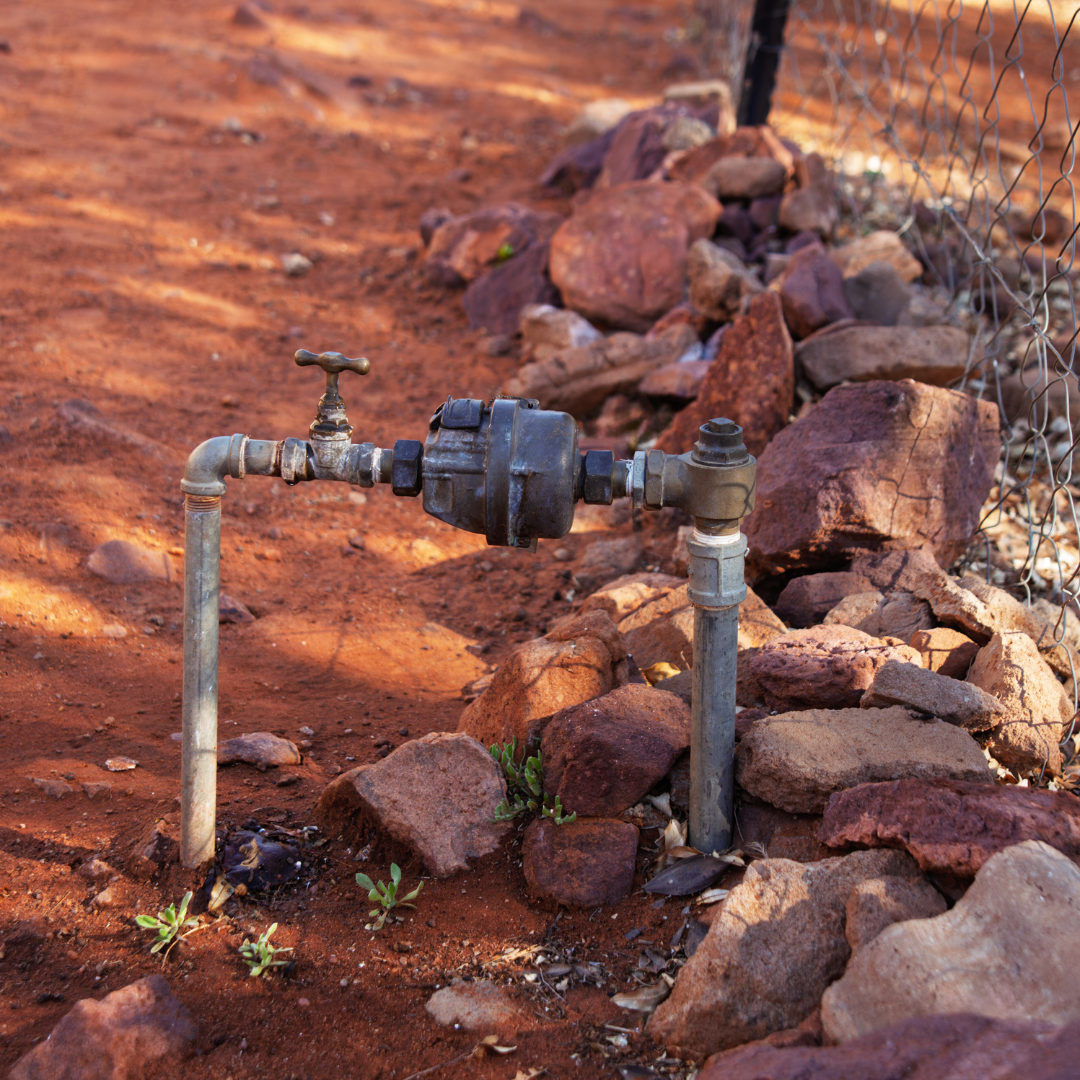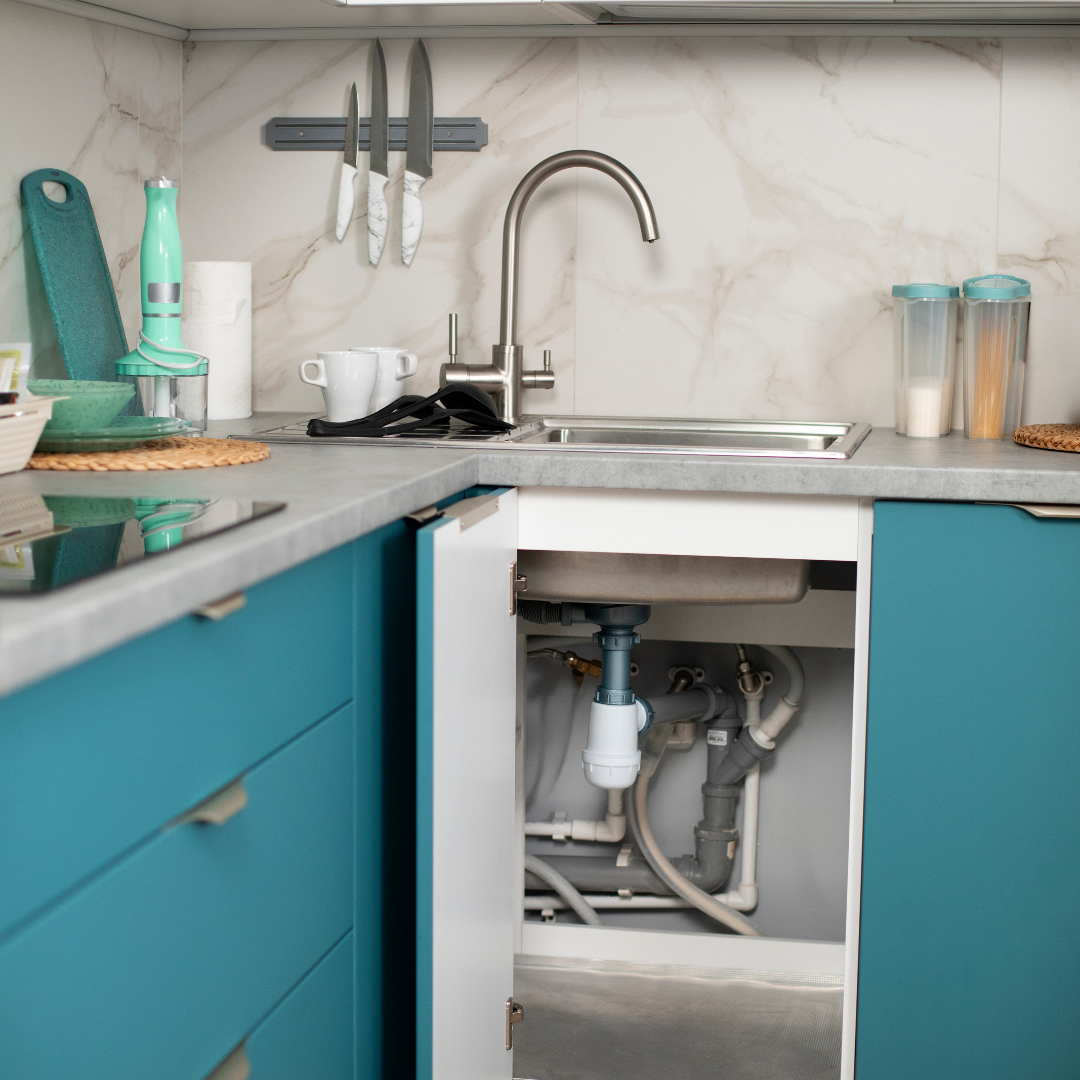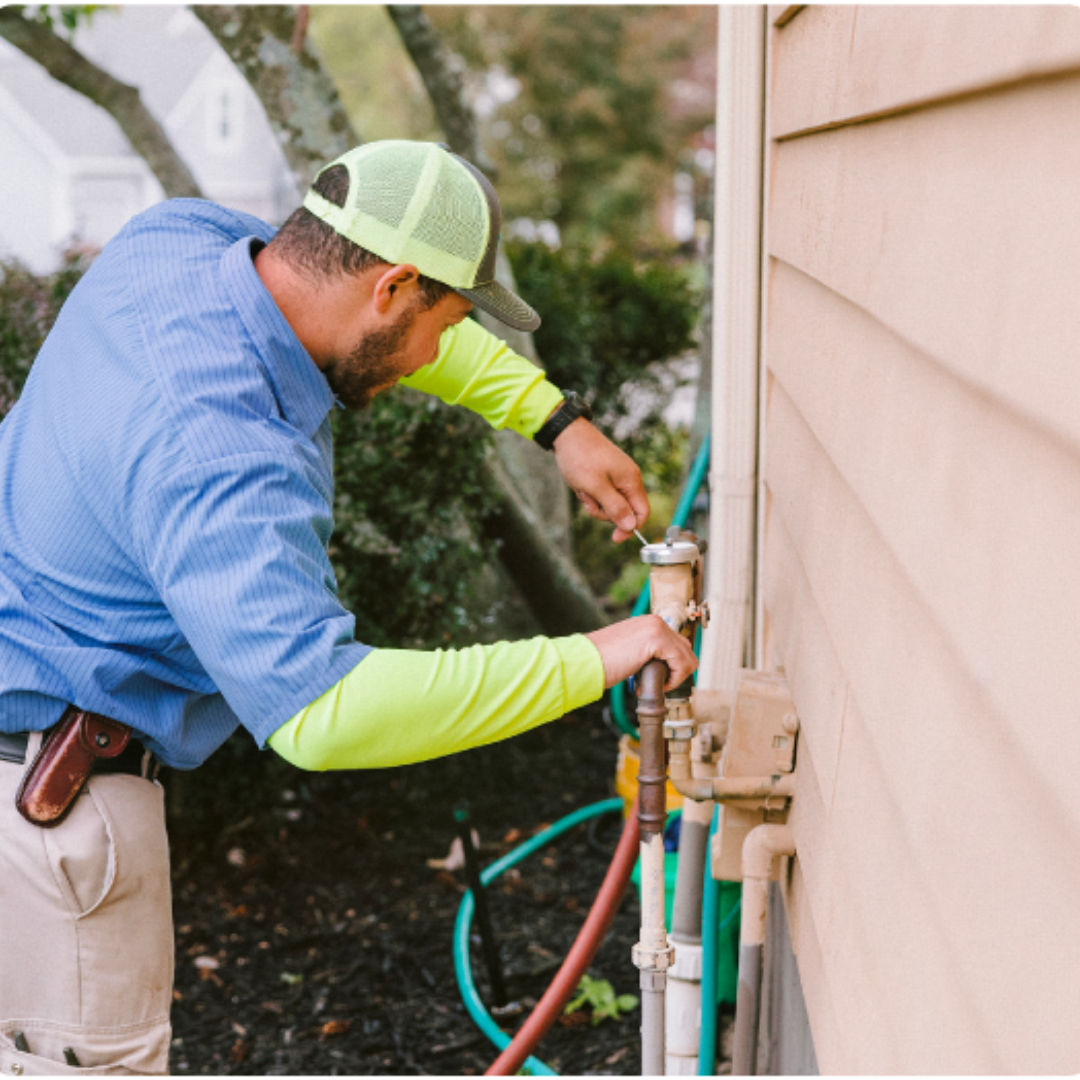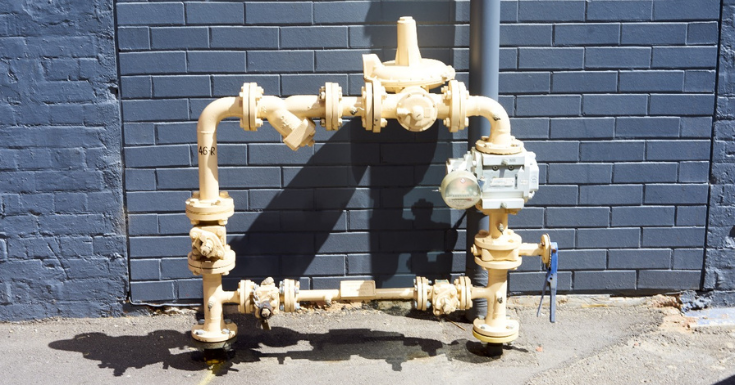To protect the health of your family, access to safe and clean water is essential. Backflow refers to the reverse flow of water that can carry harmful contaminants like dirt, chemicals, or bacteria into your clean water supply. This can affect the water coming from taps, showers, and faucets.
For preventing backflow, it is essential to install a house backflow preventer, which allows water to flow in only one direction and prevents backflow. Let us explore the design of and types of backflow preventers.
Design of Backflow Preventers
A backflow preventer is like a special gate in your pipes that only lets water flow one way, out of your home, not back in. It works as explained below:
• One-Way Valve: (Acts like a gate)
This part stops water from flowing backward. It lets water go out, but if it tries to come back in, it shuts.
• Pressure Relief: (Acts like Safety Valve)
If there’s too much pressure in the pipes (maybe from water trying to flow backward), this part opens up to release the pressure, keeping water from flowing the wrong way.
• Spring: (Acts like a helper)
This keeps the valve closed when water is going the right way, but ready to open if needed.
Together, these parts stop dirty water from mixing with clean water by making sure water only flows in one direction—toward the tap and not back into the pipes.
Types of Backflow Preventers
There are a few types of backflow preventers, and each is designed for different needs. Here’s a simple rundown of the most common types:
• Double Check Valve (DCV):
This one has two check valves to make sure water can only flow one way. It’s great for places like homes and offices where the water supply is not at risk of high-pressure changes. It works well for stopping backflow in everyday situations. For homes in Mooresville, a residential backflow preventer like the Double Check Valve (DCV) is likely the best option. It’s simple, affordable, and effective for typical situations where there’s no risk of dangerous contaminants.
• Pressure Vacuum Breaker (PVB):
This type is mainly used in outdoor settings, like sprinkler systems. It stops backflow by letting air into the system if there’s a pressure drop. It’s not used inside homes or offices, but it’s good for keeping garden hoses or irrigation systems safe.
• Reduced Pressure Zone (RPZ):
This one is the most secure and is used in areas where the water could be at high risk of contamination (like businesses or places with chemicals). It keeps water from flowing backward even if there are big pressure changes. It’s ideal for places with a higher risk of contamination.
Closing Remarks
Backflow is a serious risk that can introduce harmful contaminants into your water, affecting everything from drinking water to water for daily activities. Installing a backflow preventer in your home is a simple yet effective way to ensure that water flows in only one direction, out of your home, and prevents dangerous substances from flowing back into your clean water supply.
At LKN Backflow Testing, we help homeowners in Mooresville and the surrounding Lake Norman area protect the safety and cleanliness of their water supply. With over 10 years of experience, our certified team uses advanced equipment to ensure that your backflow prevention system is functioning properly, preventing harmful contaminants from entering your drinking water.
